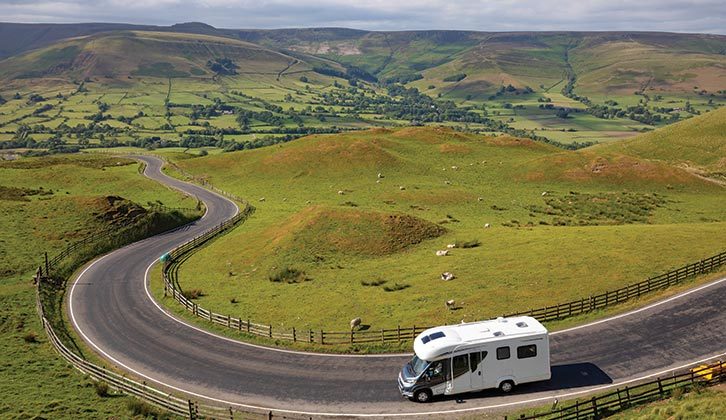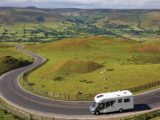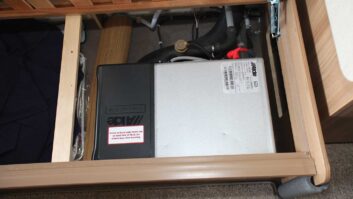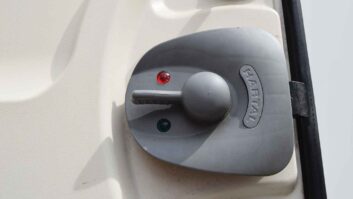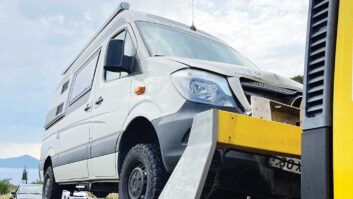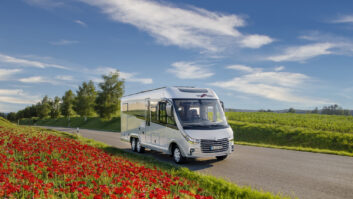When automotive historians document the development of the passenger vehicle in the 20th century, they will have numerous technologies to record. Which will stand out as the greatest aid to the motorist? The electric starter motor, automatic transmission, sat nav? My vote goes to anti-lock braking systems (ABS).
Anti-lock braking dates back to WWII. Dunlop developed a system for RAF bombers and this mechanical cadence-braking unit was adapted and used in the 1966 Jensen FF. It was
the first production road car with permanent four-wheel drive and anti-lock brakes, 14 years before the Audi Quattro! But it wasn’t until the late 1970s that electronics allowed for the modern ABS.
First, let’s dispel a myth. ABS is not designed to reduce stopping distance (although in 99% of cases it will do so): it is designed to allow you to steer under maximum braking.
Every new driver’s first winter involves at least one instance of braking hard and locking the front wheels, trying to steer and finding the car goes straight on as the front tyres become skis.
Taught to police drivers and novice racers alike, cadence braking – where the pedal is pumped rhythmically on and off – alleviates the problem, for two reasons.
First, as the brakes are released, the wheels roll, allowing grip to steer, then pressing the pedal once more provides braking until the wheels lock and the process is repeated. Second, between locked and rolling is the optimum braking effect.
Now that’s all fine at 15mph on the skidpan, but at 60mph when something blows off the top of a skip lorry and bounces down the middle lane towards you, it’s a different story. The ABS is helping before you even realise the wheels have locked, but all it does is cadence brake.
Pumping the brakes
A high-pressure pump forces the vehicle’s brakes rhythmically off, while you keep forcing them on (as you should – never lift off until the danger has passed, full steering has been retained and anything ranging from a damaged wheel to a child’s life has been saved). Modern systems pump the brakes off several times per second, assessing the grip available and regulating the braking force to individual wheels, while all the driver must do is press the pulsing pedal hard down. Poor education around the introduction of ABS saw some drivers lift off, thinking the system took over automatically. Later hydraulic brake assist systems do increase the pedal force to full, but they still require driver input, too.
ABS systems rely on rotational speed sensors for each wheel. These tell the system when one or more wheels is decelerating more than the others while braking and against complicated algorithms for deceleration.
They also assess imbalance between driven and undriven axles, or wheels on the same axle, and this is used for the traction and stability systems.
- If you enjoyed this, take a look at the DIY motorhome checks you can carry out to help prevent small problems becoming big issues.
Top tips
- Anti-lock braking systems (ABS) only works if you keep the brake pedal pressed hard
- ABS doesn’t stop you shorter, it allows avoidance steering
- In deep, soft snow, a locked wheel stops you shorter than ABS
- You could switch ABS off in 1980s vehicles, but not any more
- ABS changes in ‘off-road’ and ‘winter’ driving modes – always use them
- Check your ABS warning light comes on at start-up, but then goes out after a couple of seconds
If you’ve enjoyed reading this article, why not get the latest news, reviews and features delivered direct to your door or inbox every month. Take advantage of our brilliant Practical Motorhome magazine SUBSCRIBERS’ OFFER and SIGN UP TO OUR NEWSLETTER for regular weekly updates on all things motorhome related.
